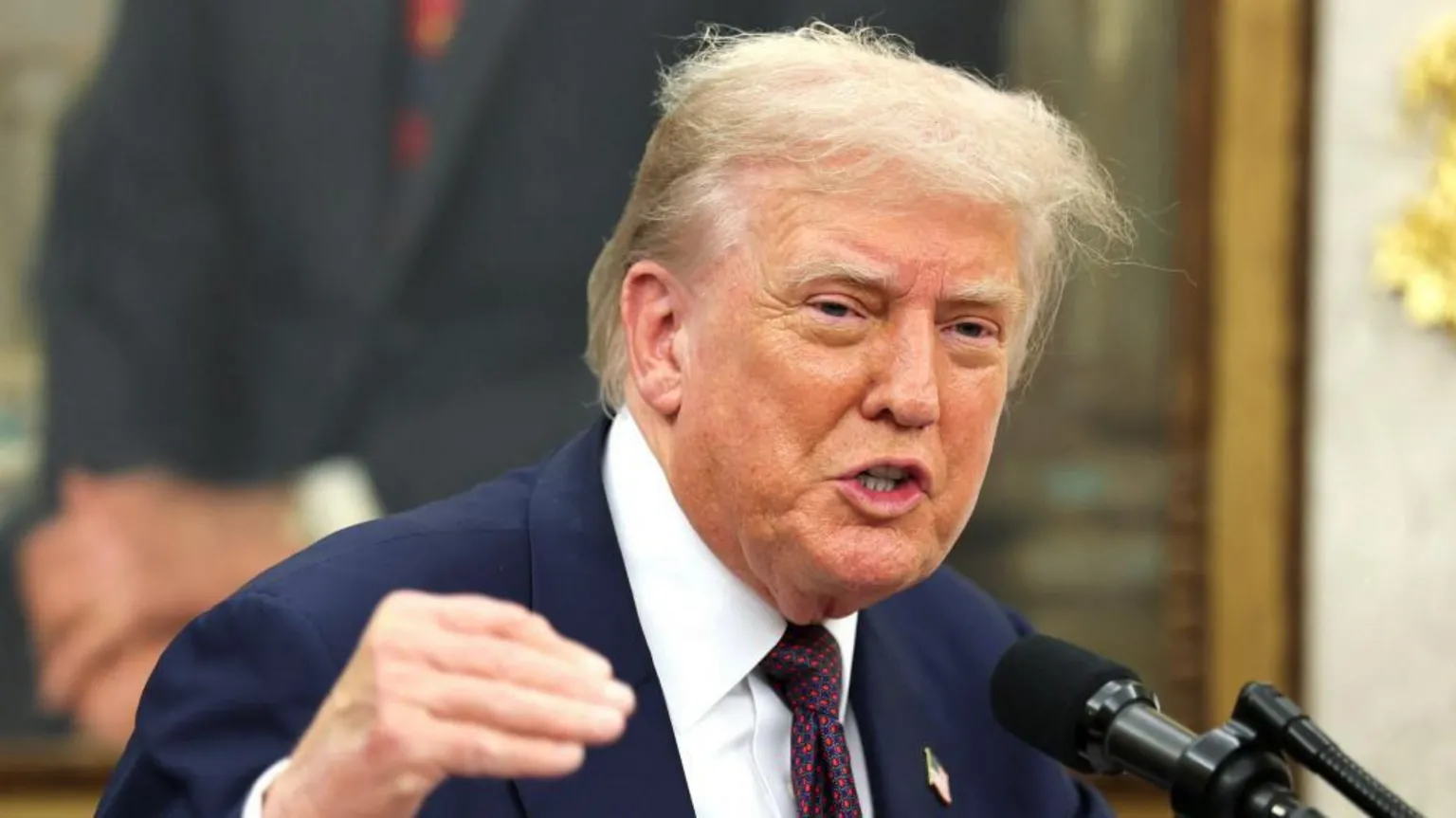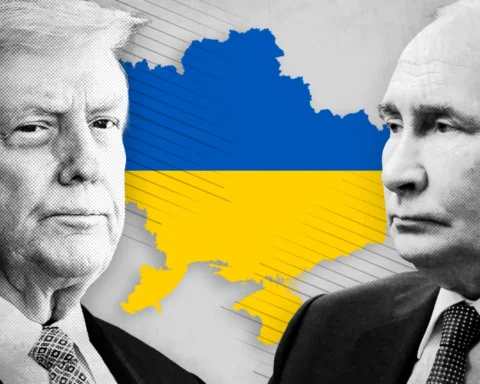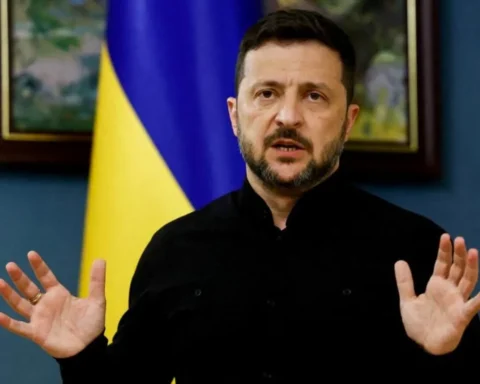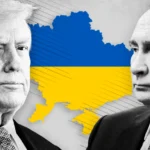US President Donald Trump’s sweeping new tariffs on imports from more than 90 countries officially took effect at midnight in Washington, DC.
“IT’S MIDNIGHT!!! BILLIONS OF DOLLARS IN TARIFFS ARE NOW FLOWING INTO THE UNITED STATES OF AMERICA!” — President Trump, on social media
Among the most high-profile moves, India faces a 50% tariff on its exports to the US, set to begin on 27 August unless it halts purchases of Russian oil. Trump also warned of a 100% tariff on foreign-made computer chips, part of his ongoing push to bring tech manufacturing back to American soil.
The White House pressure appears to be working. Apple recently announced a $100 billion (£75 billion) investment in the US, following months of encouragement from the Trump administration.
Last week, Washington released an updated list of new import taxes targeting dozens of trading partners and extended the deadline for bilateral trade agreements to 7 August. Countries have been scrambling to strike last-minute deals with the US to reduce or avoid the tariffs altogether—branded by Trump as “reciprocal tariffs.”
Trump’s tariff strategy is intended to reshape what he describes as an unfair global trading system that disadvantages the US. But the move is already sending shockwaves through export-reliant economies—particularly in Southeast Asia.
Laos and Myanmar, with strong manufacturing sectors and close trade ties to China, are facing levies as high as 40%.
“This is supposed to be it. Now you can start to analyse the impact of the tariffs,” — Bert Hofman, Economist, National University of Singapore
Some countries have successfully negotiated reduced tariffs:
- UK, Japan, and South Korea have finalized agreements for lower rates.
- The European Union reached a framework deal allowing a 15% tariff across the bloc.
- Taiwan, a key US ally, was hit with a 20% tariff, though President Lai Ching-te said this is “temporary” and talks are still ongoing.
Meanwhile, Trump increased tariffs on Canadian goods from 25% to 35%, citing Canada’s failure to curb fentanyl trafficking. However, most Canadian exports remain unaffected thanks to protections under the US-Mexico-Canada Agreement (USMCA).
Tariffs on Mexico have been delayed for another 90 days as negotiations continue.







